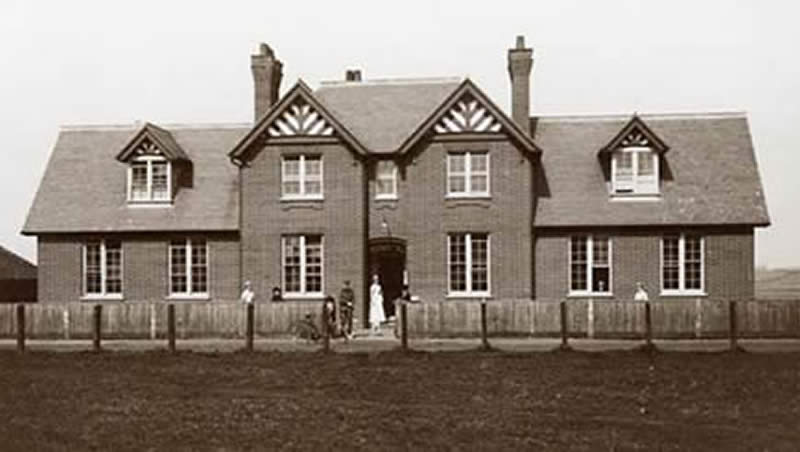History of Community Hospitals
Cottage and community hospitals have been part of the rural landscape for health care in England for over 150 years. The first cottage hospital was opened by Napper in 1859 in Cranleigh, Surrey. This was a simple converted cottage with space for beds and for operations. The service was established to save patients from long journeys to general hospitals in towns and cities, and to give local doctor surgeons a clean space in which to work with the support of a paid nurse. The model was swiftly copied leading to the creation of 240 cottage hospitals within the next 30 years, all funded through donations and benefactors.
Cottage hospitals attracted support through fundraising and volunteering. The hospitals had symbolic significance, with some built as war memorials or to commemorate Royal events. All voluntary hospitals were transferred into the National Health service in 1948. Hospital Leagues of Friends were formed by communities in order to continue to support their local hospital.
Cottage hospitals attracted attention in the 1970s when a new model of a cottage hospital, the "community hospital" was developed in Oxfordshire. This model was described as an extension of primary care, and a new concept of care, integrating primary care and secondary care and with a wider range of services and facilities. The role of community hospitals in providing intermediate care was more formally recognised in the 1980s. In 2006, the Government declared an investment in community hospitals, as centres for integrated health and social care. They were described in policy documents as a "a focus for community networks."
More recently, commissioners of services in England have signalled a change in community services in rural areas, in order to support people in their own home, or as close to their home as possible.

